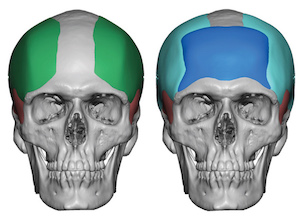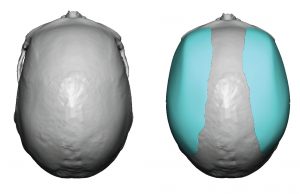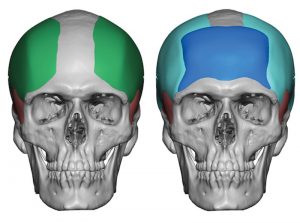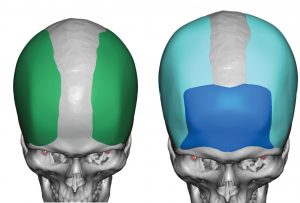The desire for head widening can have several different meanings/objectives. It may refer to a widening of the side of the head that excludes that of the forehead, accurately described as temporal head widening. The other form of head widening is where it includes the side of the forehead and often the back end of the posterior temporal region (the equivalent of the side of the forehead on the back of the head) and would be called fronto-temporal head widening.


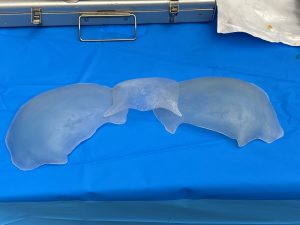
Dr. Barry Eppley
Indianapolis, Indiana

